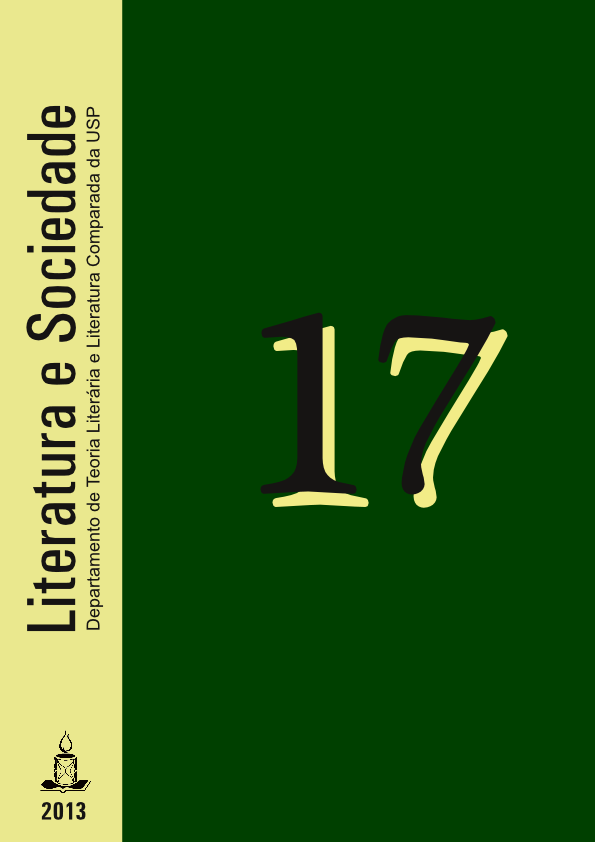Figuralidade em Companhia
DOI:
https://doi.org/10.11606/issn.2237-1184.v0i17p48-54Keywords:
Company, Samuel Becektt, figural, tensive semiotics, Claude ZilberbergAbstract
In Samuel Beckett’s short novel Company, the protagonist sees, in the face of a clock on the wall, a shadow that increases and decreases in size as the second hand follows its normal course. The examination of this passage reveals the possibility of a writer’s theoretical intention while echoing reflections on the construction of meaning which recently have occupied a prominent place in semiotics studies, more properly in the area referred to as tensive semiotics. This article aims to explain why we call the referred passage the writer’s “theoretical intention”, as well as to present the similarities between this theoretical intention and semiotics approaches made in the field of figurality and to demonstrate the heuristic value of the referred passage for the economy of meaning and interpretation of the work.


